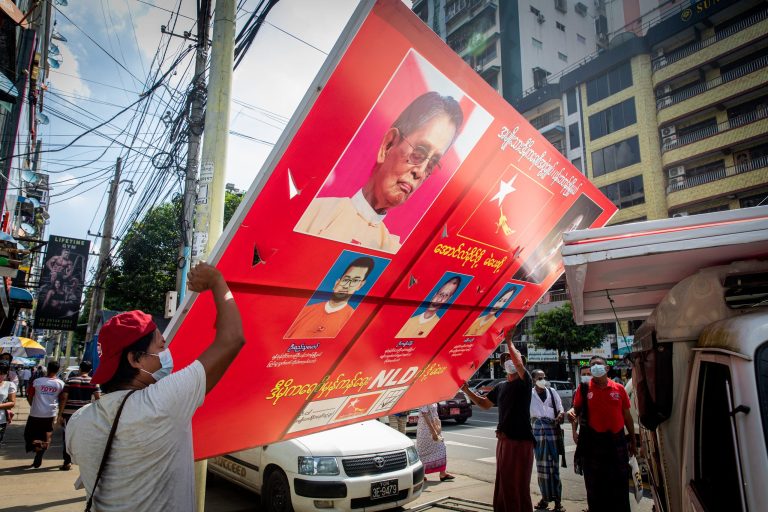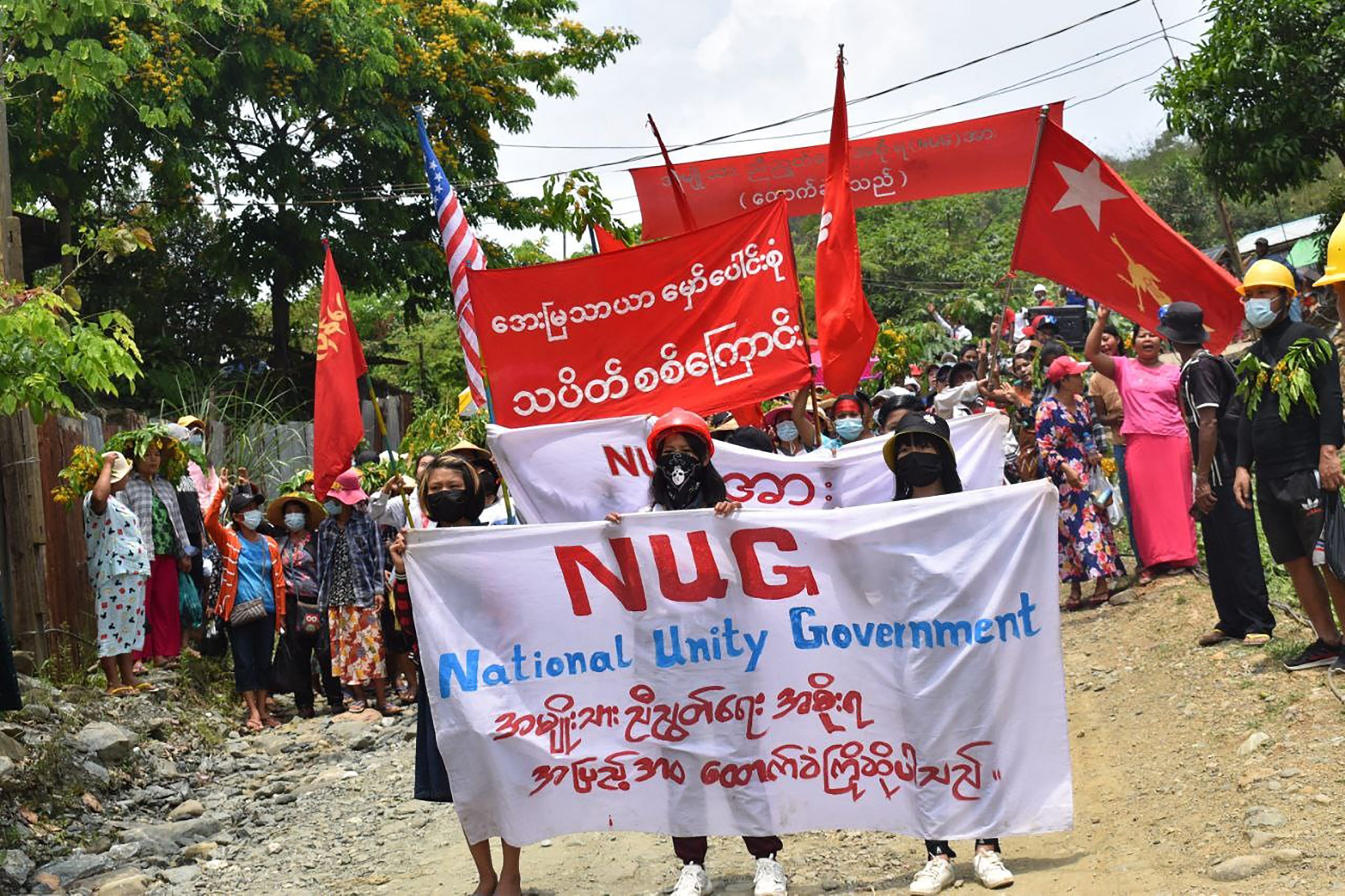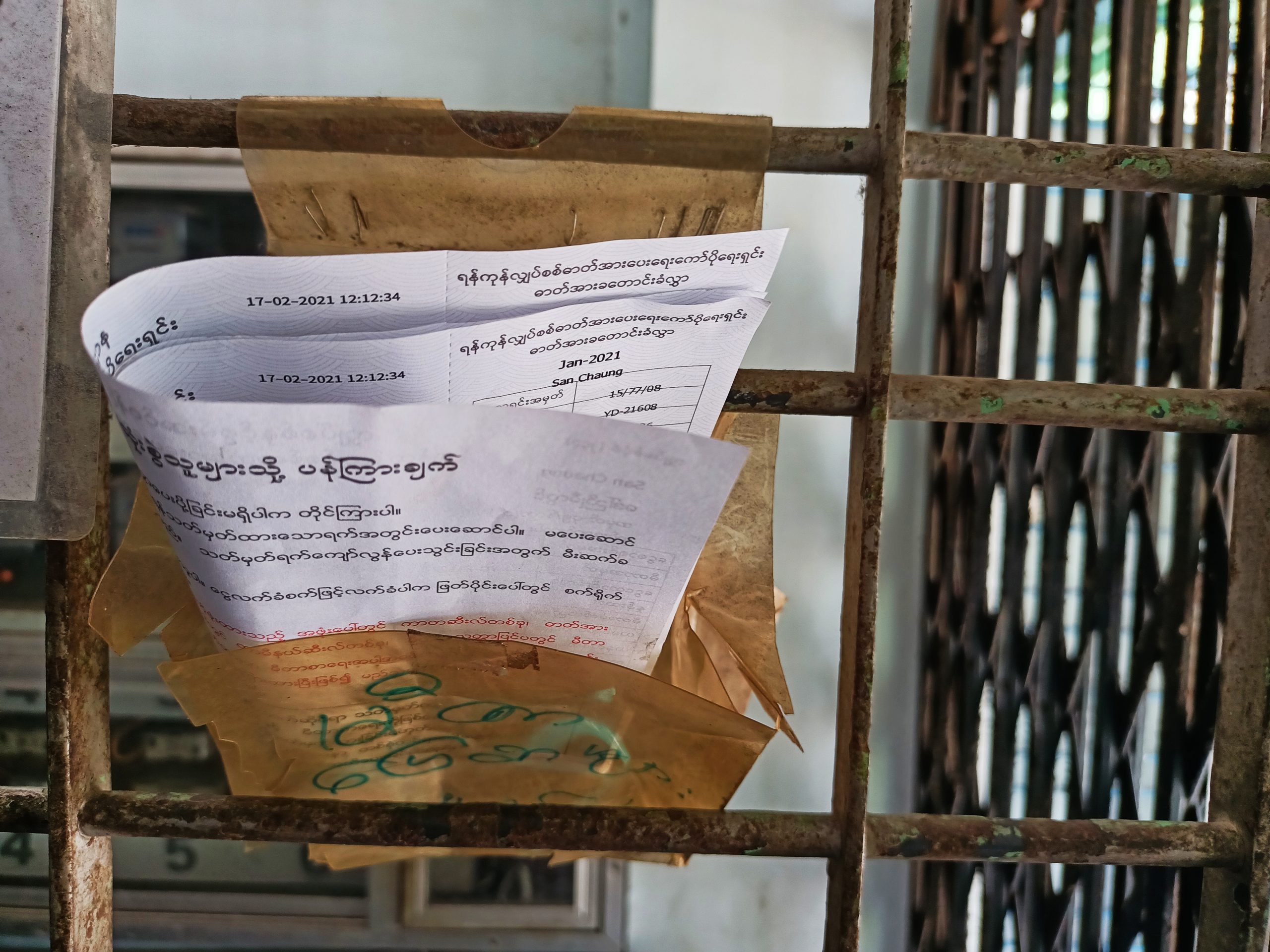By NYAN HLAING LYNN | FRONTIER
NAY PYI TAW — The government has proposed a slightly increased deficit for 2017-18, with falling revenues giving it little opportunity to fulfill promises to ramp up social spending.
Submitted on Monday, the bill anticipates spending of K20.896 trillion and revenues of K16.786 trillion, leaving a deficit of K4.128 trillion, or 4.52 percent of GDP. Discussion on the budget request got underway on Tuesday.
Minister for Finance and Planning U Kyaw Win said that “great care” had been taken to ensure that everything funded in the budget was absolutely necessary.
“The [budget] proposals from the lower levels [of the government] were carefully checked,” he told Frontier during a break in the hluttaw session on Tuesday. “This wasn’t done before.”
Support more independent journalism like this. Sign up to be a Frontier member.
The bill will be examined from January 30 to February 5 by seven groups of lawmakers. Their finding will be submitted to Joint Public Accounts Committee and Joint Bill Committee, which will then propose additions – or, more likely, reductions – to the request.
The budget is the first drafted by the National League for Democracy-backed government. Since taking office in late March it has operated on a budget that was proposed by its predecessor and approved by the previous parliament, which was dominated by the former Union Solidarity and Development Party.
But there was little in the budget bill to excite those who had been hoping for a major departure from the fiscal priorities of the U Thein Sein administration.
The spending proposal represents a slight drop on the K21.371 trillion requested by Thein Sein’s government for 2016-17, although K629 billion was later cut by MPs, reducing it to K20.742 trillion. An additional K1.284 trillion was approved December under the supplementary budget.
Despite winning the November 2015 election on a manifesto that promised greater investment in education and health, spending in these areas is expected to rise only modestly, to 8.44 percent and 5.16 percent of the total budget, respectively.
The largest amounts have been allocated to the Ministry of Planning and Finance (23.18 percent) Ministry of Electricity and Energy (21.52 percent), and Ministry of Defence (over 13 percent). The Ministry of Agriculture, Livestock and Irrigation is to receive 5.97 percent under the bill. Twelve ministries requested less than 1 percent.
The government is hamstrung by a lack of revenue due in part due to growing losses at state-owned enterprises and low prices for its major exports, particularly natural gas.
The budget bill is based on lower revenues than the 2016-17 budget, which was approved January 2016. Last year’s bill anticipated revenues of K17.448 trillion, with the K16.786 trillion expected this year representing a 3.8 percent decline.
Actual collection for 2016-17 is not yet known, however, as the fiscal year does not end until March 31.
The government is trying to make up for the drop in gas revenues through increased tax collection and is continuing reforms at the Internal Revenue Department.
Speaking in the Hluttaw on Tuesday, Deputy Minister for Planning and Finance U Maung Maung Win said the government had exceeded its tax collection target by almost 20 percent in the first half of 2016-17. To September 30, 2016, it collected K2.549 trillion, above the target of K2.142 trillion, he said.
In its latest Myanmar Economic Monitor, published in December 2016, the World Bank warned that low gas prices “could increase fiscal and external imbalances, and exacerbate financing pressures” on the government.
However, it also said that “greater fiscal discipline” and the government’s efforts to fund more of the deficit through Treasury bonds “are expected to reduce pressures on monetary policy”.
It suggested that the government use its Medium-Term Fiscal Framework, introduced in 2014, to create a strategy for balancing fiscal prudence with the need to expand public services in the coming years.
The World Bank has forecast GDP growth of 6.5 percent in 2016-17, down from 7.3 percent in 2015-16, but anticipates average growth of 7.1 percent over the next three years.







